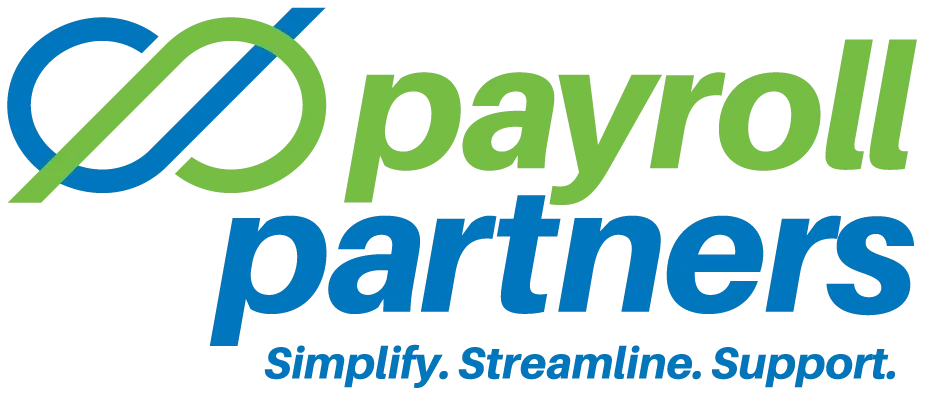Employers who hire people from certain groups can reduce the tax they owe when they claim the Work Opportunity Tax Credit on their federal tax return. To claim the credit, an employer must first get certification an individual is eligible.
This credit is extended through the end of 2025. It encourages employers to hire workers certified as members of any of 10 groups who face barriers to employment. When hiring, employers should review eligibility requirements for the Work Opportunity Tax Credit.
Who are eligible employees
An employee may be eligible if they are a member of one of the following groups:
- People who receive:
- Long-term family assistance.
- Long-term unemployment.
- Supplemental Nutrition Assistance Program benefits.
- Supplemental Security Income.
- Temporary Assistance for Needy Families.
- Formerly incarcerated individuals.
- Qualified unemployed veterans, including disabled veterans.
- Designated community residents living in Empowerment Zones or Rural Renewal Counties.
- People referred to vocational rehabilitation programs.
- Summer youth employees living in Empowerment Zones.
Certification requirement
To get certification that an individual is eligible, the employer submits IRS Form 8850, Pre-screening Notice and Certification Request for the Work Opportunity Credit, to the workforce agency for the state where the employee works. This must be done within 28 days after the individual begins work. Employers should not submit this form to the IRS. They can contact the state workforce agency with questions about processing Form 8850.
Figuring and claiming the credit
Eligible employers claim the Work Opportunity Tax Credit on their federal income tax return. It is generally based on wages paid to eligible workers during the first year of employment. After the employer receives Form 8850 certification from the state workforce agency, they figure the credit on Form 5884, Work Opportunity Credit, and then claim the credit on Form 3800, General Business Credit. Generally, the wages used to calculate WOTC can’t be used to calculate other wage-based credits.
Special rule for tax-exempt organizations
A special rule lets tax-exempt organizations claim the credit only for hiring qualified veterans who began work for the organization before 2026. After the employer receives the Form 8850 certification from the state workforce agency, they claim the credit against payroll taxes on Form 5884-C, Work Opportunity Credit for Qualified Tax Exempt Organizations. IRS recommends that qualified tax-exempt employers don’t reduce their required deposits as they wait for the tax credit. The credit will not affect the employer’s Social Security tax liability.
Limitations on the credits
For a taxable business, the credit is limited to the business’ income tax liability. Unused credit is subject to the normal carry back and carry forward rules. For qualified tax-exempt organizations, the credit is limited to the amount of the employer’s share of Social Security tax it owes on wages it paid to qualifying employees.
Original content by irs.gov. This information is provided with the understanding that Payroll Partners is not rendering legal, human resources, or other professional advice or service. Professional advice on specific issues should be sought from a lawyer, HR consultant or other professional.

